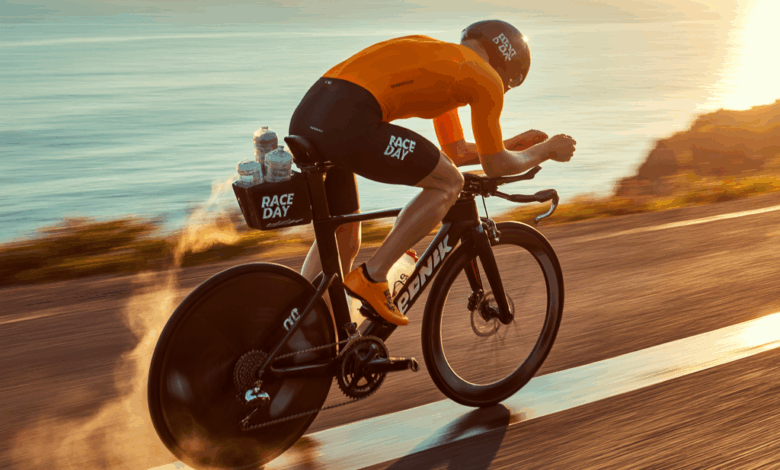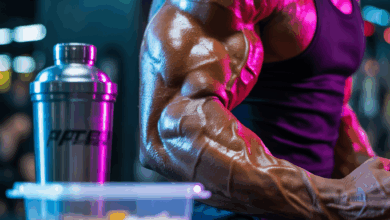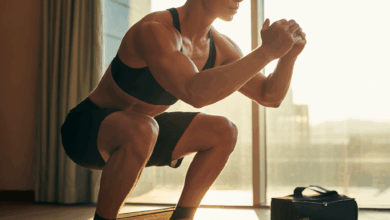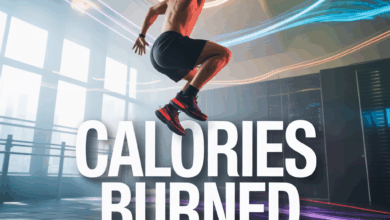Bike for a Triathlon Race Day: Choose, Prep, and Perform

Ever stood at the swim exit, heart racing, helmet in hand and wondered if your bike choice or setup just cost you precious minutes? That nervous second between T1 and the open road is where preparation meets performance. Picking the right bike for a triathlon race day — and tuning it for the conditions and your body — is one of the smartest ways to shave time and ride confidently.
Choosing the right bike for a triathlon race day
There isn’t a single perfect option for everyone. You’ll typically choose between a triathlon/time trial (TT) bike and a road bike set up for triathlon use. Consider these factors:
- Course profile: Hilly courses often favor a lightweight road bike; flat, windy courses reward aero frames and TT bikes.
- Comfort and bike fit: If you can’t hold an aero position comfortably for the full ride, choose a bike that supports a sustainable position — comfort beats theoretical aero gains.
- Rules and logistics: Draft-legal races require a road bike; non-drafting events allow TT bikes and aero extensions.
- Budget and practicality: A well-fit road bike with clip-on aerobars can be the best value for age-group athletes.
Long-tail keyword tip: search terms like “best bike for a triathlon race day” or “triathlon race day bike setup” are what experienced athletes use when refining choices.
Pre-race bike check and setup
Mechanical checklist
- Inspect tires for cuts and wear; set tire pressure for rider weight and course conditions.
- Clean and lubricate the chain; ensure shifting is crisp across all gears.
- Secure bottle cages, saddle bag (flat kit), and race computer mount.
- Carry a compact pump or CO₂, spare tube, tire levers, and multi-tool.
Fit, position, and comfort
A small adjustment in saddle height, cleat position, or aerobars can reduce fatigue and increase power. If possible, get a professional bike fit before race season. On race morning, set your aerobars, tape a strip of silicone or cushion on contact points, and practice your riding position during warm-up to confirm comfort.
Race-day strategies: pacing, nutrition, and transitions
Warm-up and pacing
Start with a 10–20 minute warm-up including a few short, high-effort efforts (20–30 seconds) to prime your legs. Use perceived exertion or power targets if you train with a power meter. For most age-group races, plan to ride slightly below your threshold power for the bulk of the bike to save legs for the run.
On-bike nutrition and hydration
- Practice your race-day fuel during long rides: gels, chewable bars, or a carbohydrate drink compatible with your gut.
- Place bottles where you can reach them without breaking aero; use a rear-mounted bottle if necessary.
- Start hydrating 24–48 hours before race day and take small sips frequently on the bike.
Transition tips (T1/T2)
Set up a tidy transition area: shoes clipped into the pedals, helmet strap open, and running shoes ready with elastic laces. A smooth mount/dismount practice reduces wasted seconds. Practice the whole swim-to-bike and bike-to-run sequence in training — known as brick workouts — until it feels automatic.
Training workouts to prepare your bike leg
Mix intensity and endurance to build speed and resilience. Here are effective session templates you can follow and adapt from your workout routines plan:
- Threshold intervals: 4 x 10 minutes at 95–105% FTP with 5 minutes easy between — builds sustained race pace.
- Sweet spot: 3 x 20 minutes at 88–94% FTP — great for improving aerobic efficiency with less fatigue.
- Race-pace surges: 6 x 3 minutes at race-pace power with 3 minutes easy — trains repeated efforts like course accelerations.
- Long endurance ride: 2–4 hour ride including 30–60 minute blocks at goal race pace.
- Bike-to-run bricks: 60–90 minute ride followed by a 15–30 minute run to train the legs to transition.
Healthy lifestyle tips and real-world examples
Nutrition, sleep, and recovery are as important as the bike itself. Prioritize 7–9 hours of sleep, a consistent carbohydrate-forward diet in the 48 hours before a race, and easy active recovery rides the day after intense sessions.
Real-world example: Sarah, a weekend triathlete, switched from a cramped aero position to a slightly more upright posture three weeks before her half-Ironman. She lost a marginal aerodynamic advantage but improved run performance and finished stronger. Sometimes compromise leads to better overall race outcomes.
Frequently Asked Questions
1. Do I need a triathlon-specific bike or is a road bike OK?
If you’re new to triathlon, a well-fitted road bike with clip-on aerobars is usually the best starting point. Triathlon bikes can be faster on flat courses, but comfort and legal race rules matter most.
2. What tire pressure should I use on race day?
Tire pressure depends on tire width, rider weight, and road surface. A good starting point is 80–110 psi for narrow road tires on smooth pavement; wider tires and rough roads need less pressure. Test pressures during training to avoid pinch flats or excessive vibration.
3. How should I pace the bike to protect my run?
Ride controlled — typically slightly below functional threshold power (FTP) for most age-group triathlons. Use perceived exertion or power to avoid blowing up. Practice pacing in long ride simulations and brick workouts.
Conclusion: Get confident with your bike for a triathlon race day
Choosing and preparing the right bike for a triathlon race day is a mix of smart equipment choices, practiced setups, and deliberate training. Focus on comfort, reliable mechanics, practiced nutrition, and race-specific workouts. Small gains — a proper bike fit, an efficient transition setup, or a practiced brick session — add up to big time savings on race day.
Ready to sharpen your bike leg? Check your training plan, dial in a few race-pace rides, and review our nutrition guides and wellness tips to complete the prep. Share your race goals or bike questions below — let’s get you to the finish line faster.





